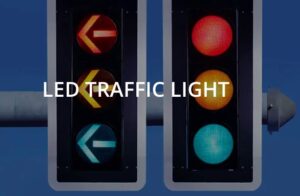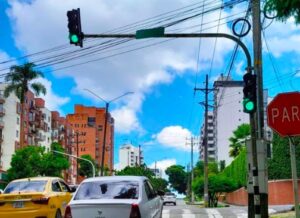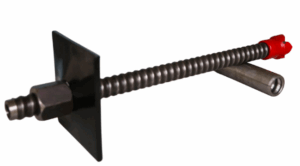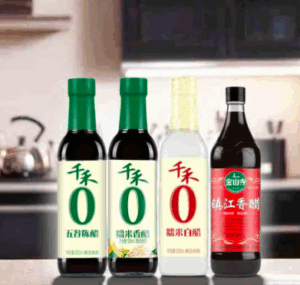Rental LED displays have become a popular choice for various events and performances due to their versatility and striking visual impact. These displays are commonly seen at stadiums, exhibitions, theaters, concerts, press conferences, nightclubs, and more. In comparison to traditional fixed screens, rental LED displays offer a wide range of advantages that cater to the dynamic needs of event organizers and performers.
Table of Contents
ToggleAdvantages of Rental LED Displays:
Easy Installation and Portability: Rental LED display cabinets are designed to be lightweight and easy to set up. The high precision of these cabinets allows for quick assembly and disassembly, reducing labor costs and installation time. Their portability makes them ideal for events that require frequent setup and teardown.
Ultra-Thin Design: With a weight ranging from 3kg to 50kg per square meter, rental LED displays are known for their sleek and slim profile. Unlike traditional LED cabinets made of heavier materials, rental LED displays are made of lightweight materials that offer good thermal conductance and energy efficiency.
Reliability in Harsh Conditions: Outdoor rental LED displays are built to withstand various weather conditions, including heavy rains and extreme temperatures. The durability of these displays ensures high-quality visuals for the audience, regardless of external factors.
Cost-Effective Solution: Rental LED displays are a more affordable option compared to traditional display setups. Their clear visibility and energy efficiency eliminate the need for multiple displays, reducing overall costs for event organizers.
Longevity and Durability: The cooling capabilities and thermal conductance of rental LED displays contribute to their longevity. By stabilizing temperatures and mitigating the impact of high temperatures on the LEDs, these displays have a longer service life.
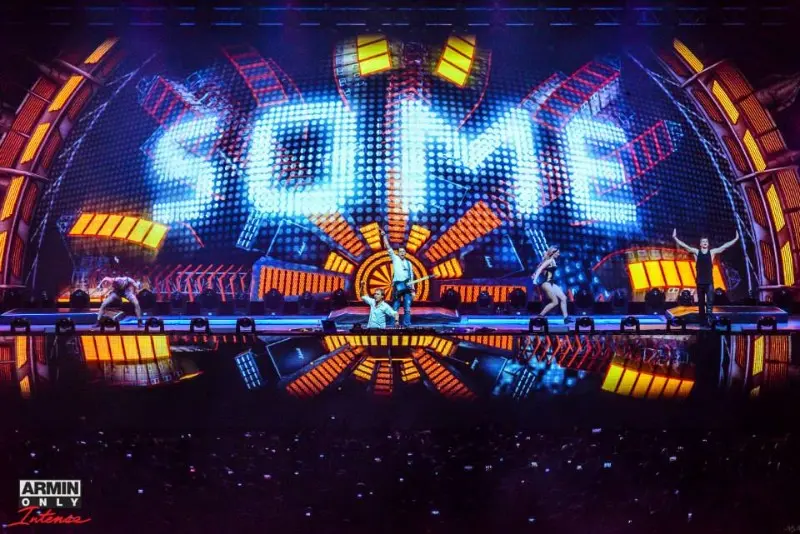
Technical Terminologies for Rental LED Displays:
Screen Structure: Rental LED displays can be modular or mobile, offering flexibility in setup depending on the event requirements.
Pixel Pitch: The distance between LEDs in the display impacts the resolution and clarity of the visuals.
IP Rating: Indicates the level of protection against solid and liquid intrusions, essential for outdoor displays.
Brightness: Measured in lumens or nits, brightness determines the quality of the display and visibility in different lighting conditions.
Optimum Viewing Distance: Refers to the distance at which the audience can comfortably view the display without any difficulty.
By understanding these technical terms and the advantages of rental LED displays, event organizers and performers can make informed decisions when selecting displays for their events. The versatility, durability, and visual impact of rental LED displays make them a popular choice for a wide range of applications.
0